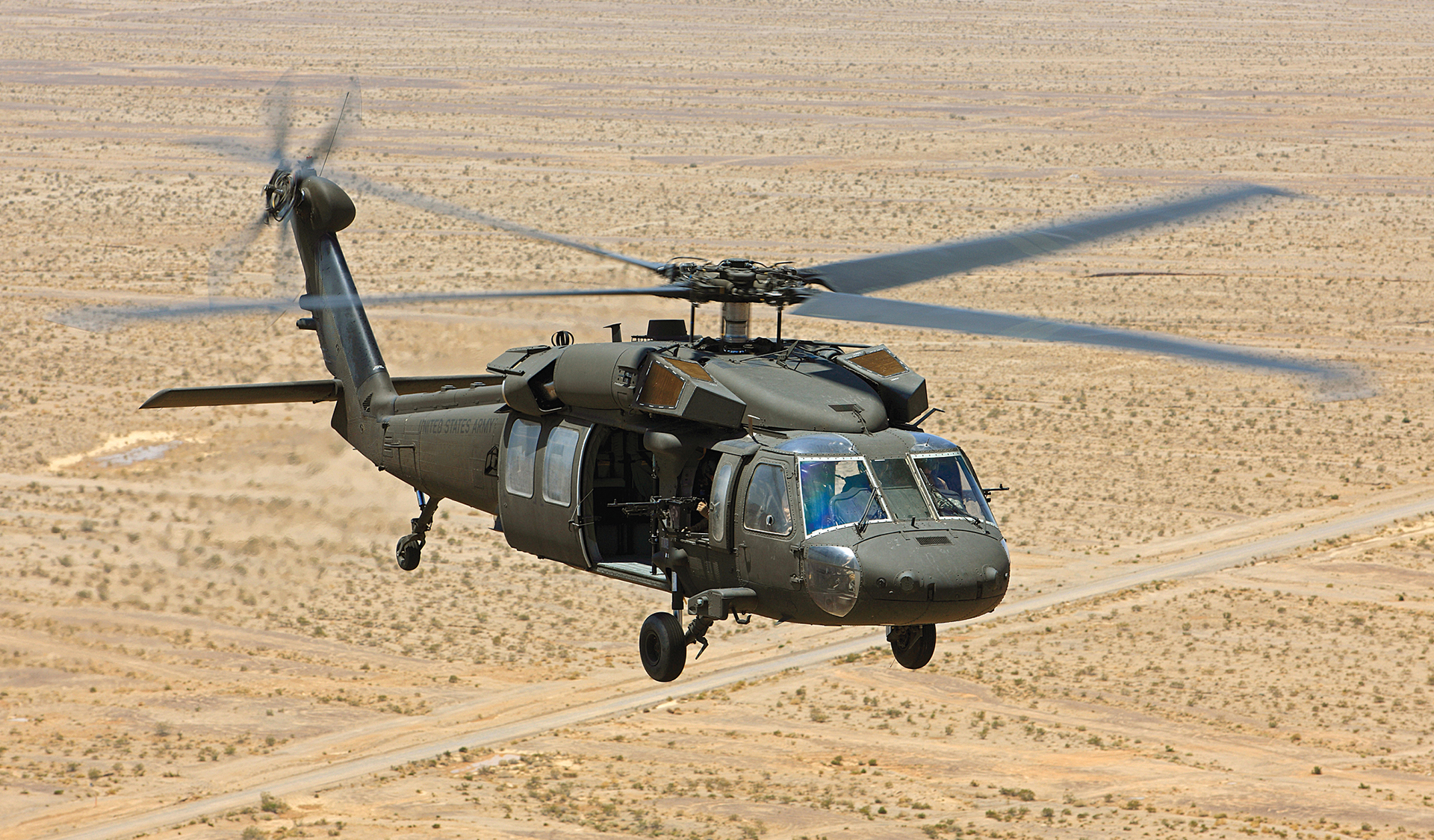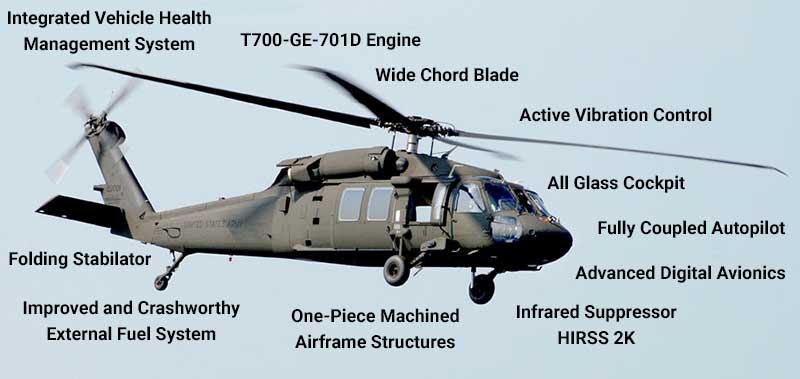Expert Insights: Enhancing Performance in UH 60 Helicopter Workflow
Comprehending the Mechanics and Design Behind Uh 60 Helicopters
The UH-60 helicopter, typically recognized as the Black Hawk, stands as a peak of modern rotorcraft technology, embodying a blend of durable design and intricate mechanics. As we peel back the layers of the UH-60's design, a world of complex systems and meticulous engineering comes to light.
History of UH-60 Helicopters
The history of UH-60 helicopters traces back to the late 1970s when the United States Army sought a advanced and versatile energy helicopter to change its aging fleet. In action to this requirement, the Sikorsky Aircraft Firm created the UH-60 Black Hawk helicopter. Presented in 1979, the UH-60 promptly ended up being a staple in armed forces operations as a result of its remarkable capacities.
The UH-60 was created to master a selection of objectives, including troop transportation, medical evacuation, electronic war, and unique operations. Its capacity to adapt to various functions made it an important property to the U.S. uh 60. Army and other military pressures all over the world
Over the years, the UH-60 system has undertaken several upgrades and variants to enhance its efficiency and equal developing objective requirements. These helicopters have actually seen substantial service in disputes such as the Gulf Battle, Afghanistan, and Iraq, showcasing their reliability and convenience in diverse functional environments. The UH-60's rich background is a testimony to its enduring heritage as a premier energy helicopter.

Engine and Power Equipments
Utilizing cutting-edge propulsion modern technology, UH-60 helicopters are outfitted with innovative engine and power systems to make sure optimal performance and reliability in a series of functional situations. The UH-60, typically called the Black Hawk, is powered by 2 General Electric T700-GE-701D engines, each with the ability of delivering up to 1,940 shaft horse power. These turboshaft engines supply the required thrust for the helicopter to accomplish its missions successfully, consisting of army transport, medical evacuation, and fight support.

Blades System and Aerodynamics
Just how do the rotor system and the rules of aerodynamics of UH-60 helicopters add to their functional efficiency and trip capabilities? The rotor system of the UH-60 helicopter plays an important function in supplying lift and propulsion. The UH-60 features a four-bladed, completely articulated rotor system that permits high maneuverability and stability during trip. This layout makes it possible for the helicopter to execute a wide variety of objectives, from transport and clinical discharge to deal with procedures.
The rules of aerodynamics additionally play a key role in the efficiency of get redirected here UH-60 helicopters. The streamlined fuselage and rotor blade design reduce drag, permitting the helicopter to accomplish higher rates and better gas efficiency. The wind resistant style of the UH-60 also adds to its capability to run in diverse ecological conditions, consisting of warm temperature levels and high altitudes.
Avionics and Trip Control Systems

In its complex control with the rotor system and aerodynamics of UH-60 helicopters, the avionics and flight control systems create a vital network of technologies shaping the aircraft's functional capacities. In the UH-60, these systems consist of electronic displays, communication radios, GPS navigation, weather condition radar, and auto-pilot systems.
The trip control systems of the UH-60 are accountable for converting the pilot's inputs right into the appropriate adjustments to the rotor system, guaranteeing steady flight and ability to move. These systems contain hydraulic actuators, servos, and computer systems that function with each other to regulate the tail and website link major blades, along with various other trip control surface areas. By specifically handling the helicopter's trip dynamics, these systems make it possible for pilots to carry out a large range of goals, from transportation and search-and-rescue to battle procedures, with accuracy and confidence.
Function and Applications in Air Travel
Avionics systems in UH-60 helicopters incorporate a range of digital systems that aid in navigating, interaction, tracking, and regulating various aircraft features. These systems include digital display screens, autopilot systems, interaction radios, General practitioner navigating equipment, and climate radar. Additionally, these systems integrate safety and security features such as auto-pilot settings, surface awareness alerting systems, and security augmentation systems to improve the overall security and operational capabilities of the UH-60 helicopters in different goals, including troop transportation, medical emptying, search and rescue, and airborne firefighting.
Verdict
In conclusion, the UH-60 helicopter is a flexible aircraft with an abundant background and progressed design. Its engine and power systems, rotor system, aerodynamics, avionics, and flight control systems all collaborate to make it a efficient and trustworthy maker. The UH-60's duty and applications in aviation are large, varying from armed forces procedures to look and save objectives. Its proceeded growth and usage show its importance in the field of air travel (uh 60).
In its complex sychronisation with the blades system and aerodynamics of UH-60 helicopters, the avionics and flight control systems form a crucial network of technologies forming the airplane's functional abilities.The discover this flight control systems of the UH-60 are accountable for converting the pilot's inputs right into the proper modifications to the blades system, making certain steady flight and maneuverability. Avionics systems in UH-60 helicopters incorporate an array of electronic systems that aid in navigating, interaction, monitoring, and controlling different aircraft features. Furthermore, these systems integrate safety attributes such as autopilot modes, surface understanding warning systems, and security augmentation systems to enhance the total security and functional capabilities of the UH-60 helicopters in numerous objectives, consisting of army transport, medical evacuation, search and rescue, and airborne firefighting.
Its engine and power systems, rotor system, the rules of aerodynamics, avionics, and flight control systems all function together to make it a effective and reliable maker.